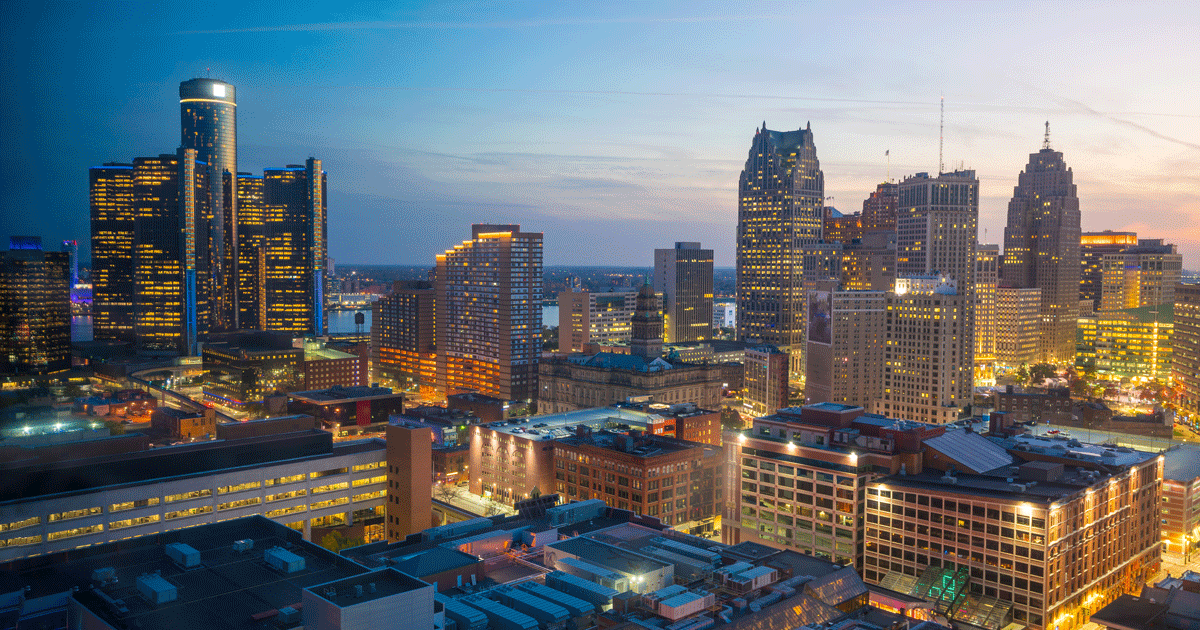Last week the New York Times published an article investigating the question of whether we’ve hit “peak Millennial”—whether the influx of young adults that has been so pivotal to population growth in cities around America is about to end.
This is an important question because of the strength of this trend over the past decade and its economic impact. More than other recent generations, Millennials in far greater numbers have preferred living in cities to suburbs or rural areas. They’re also a big generation. These two factors have combined (along with immigrant population growth) to stall or, in some cases reverse decades of population decline in Rust Belt cities like Philadelphia, Jersey City, and Baltimore. This trend is especially strong among the highly mobile, college educated Millennials who are the talented workforce whose presence drives economic growth.
In other words, their preference for urban living is a big part of why we at Michigan Future believe that placemaking—increasing the quality of urban life and public spaces in major Michigan cities—is a vital piece of an agenda for a more prosperous Michigan. Michigan currently fails to provide a world-class urban option and the state in many ways has undercut Detroit’s ability to be that city.
Joe Cortright from City Observatory has posted a response to the Times article that debunks the idea that growth in urban populations is about to end. First, Cortright points out, the generation that follows Millennials is indeed smaller, but only just barely. In fact, the number of young adults (aged 25-34) in the U.S. is still increasing. Second, while many Millennials who are aging into a new life phase (one that often includes parenting and a desire for a larger home and better schools) will tread the path of suburban relocation, Millennials are still showing a preference to live downtown longer, and at higher percentages, than previous generations.
Finally, Millennials’ increased preference for cities, while notable, followed a trend that is a few decades old. Every decade since the 1980s has seen an increase in the percentage of young adults who live in major metros. So there is little reason to suspect that the subsequent generation is going to dramatically reverse course.
Cortright’s analysis is that:
Rather than declining, the number of 25- to 34-year-olds in the United States will increase each year from now through 2024, rising from 44.1 million in 2015 to 47.6 million in 2024. In reality, the Millennial wave of urbanism is just now hitting the beach.
Michigan has lagged on a state level in supporting the types of efforts that will make Detroit competitive for this talent: transit, density, adequate funding for public services, and a welcoming culture.
Detroit’s success on this stage is an imperative not just for Detroit, but as an economic driver for the rest of the state.







